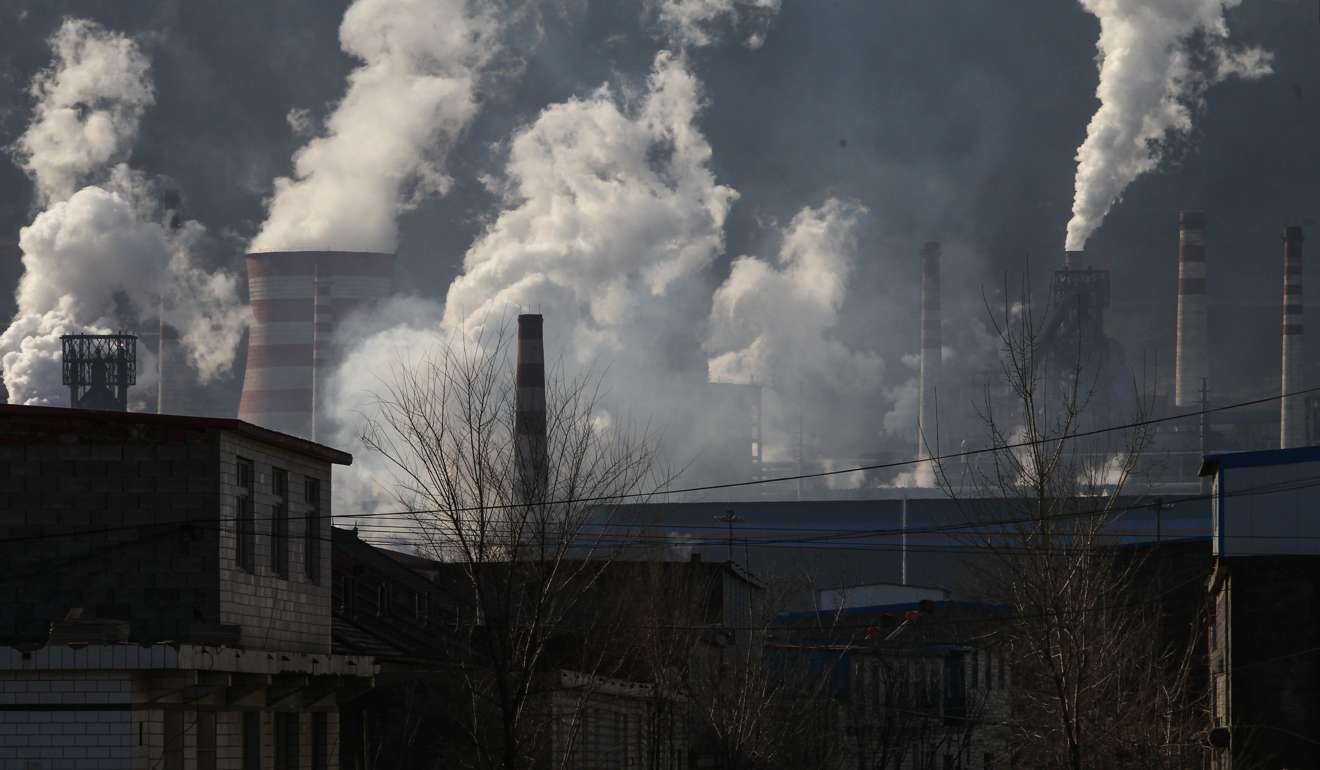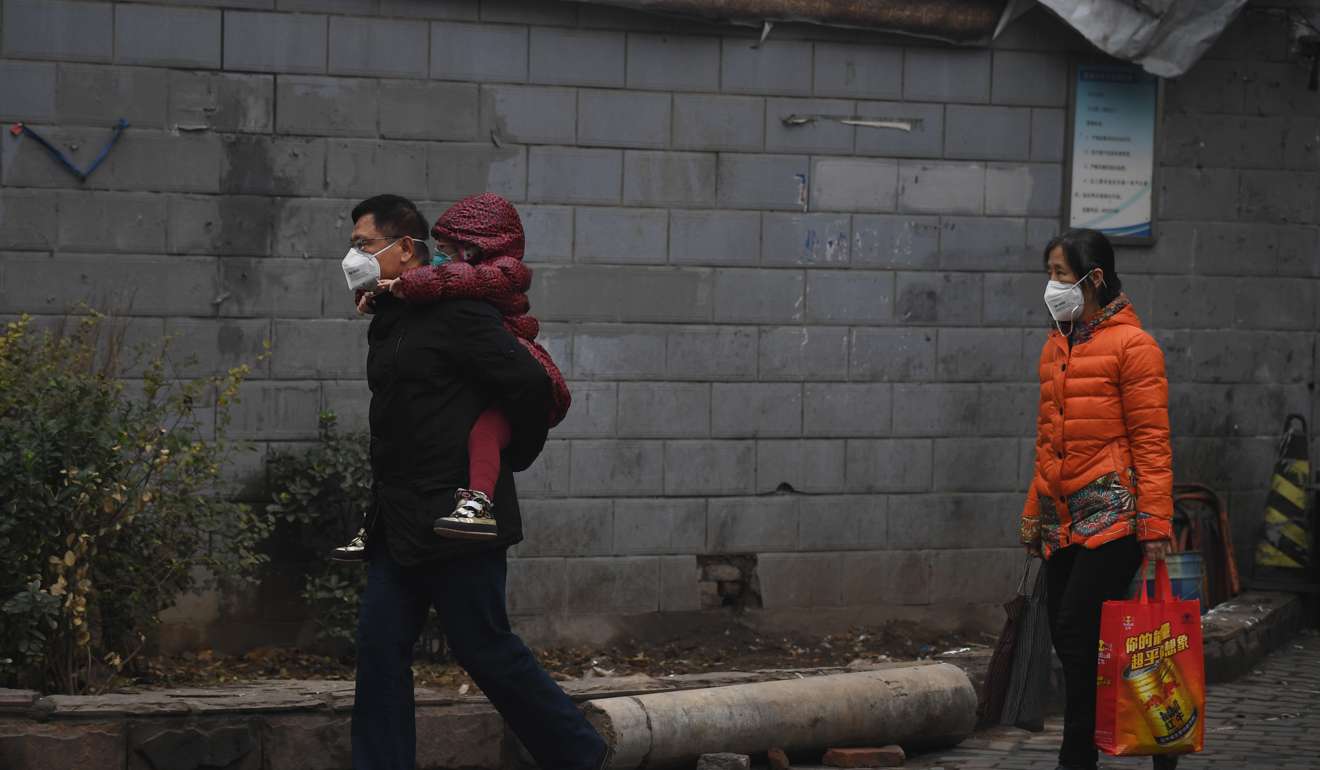
China’s Hebei province promises new assault on smog after 2017 spike
Province has drawn up 18 new plans but party chief calls for patience in resolving pollution issue
Heavily polluted Hebei province in northern China plans more action to shut “backward” coal-fired power plants, promote new energy vehicles and relocate more industries, it said on Saturday after a surge in smog levels in January and February.
Hebei, home to six of China’s 10 smoggiest cities in the first two months of 2017, is on the frontline of a three-year “war on pollution”, and has already promised to slash coal consumption and close inefficient industrial plants.
But the province has been accused of pursuing “form over substance” when it comes to fighting pollution.
Despite improvements, Hebei, together with neighbouring Beijing and Tianjin, saw concentrations of small breathable particles known as PM2.5 rise 48 per cent in the first two months of 2017 after several bouts of persistent smog.

At a meeting of government officials on Friday, Hebei Communist party chief Zhao Kezhi said the province had drawn up 18 new “special implementation plans”, but he also called for “patience”, saying there was still a long way to go before Hebei’s problems could be resolved.
Hebei is China’s biggest steelmaking region and, despite cutting capacity, output rose 2.3 per cent to 192.6 million tonnes last year, nearly a quarter of the national total.
The steel city of Tangshan saw output rise 6.8 per cent to 88.3 million tonnes last year, and it is the target of a tough new inspection campaign aimed at rooting out firms that break the rules.
In one of its new plans, Hebei promised to shut or relocate all “backward” power generation capacity in urban areas by 2020.
Hebei, which will host events for the 2022 Winter Olympics, has lagged behind the rest of the country when it comes to replacing coal, with the share of renewables in its total energy mix less than half the national level last year.

Hebei aims to cut PM2.5 by 10 per cent this year and by 15 per cent in the winter. It has promised to replace coal-fired furnaces in 1.8 million households with gas or electric heaters.
The official Xinhua news agency said on Saturday that a total of 28 northern cities have now drawn up detailed action plans to address winter smog, promising to shut small polluting enterprises, establish “coal-free zones” and halve coal and steel production in winter.
The Ministry of Environmental Protection would publish a monthly progress report aiming to “name and shame” cities that fall behind, Xinhua added.

